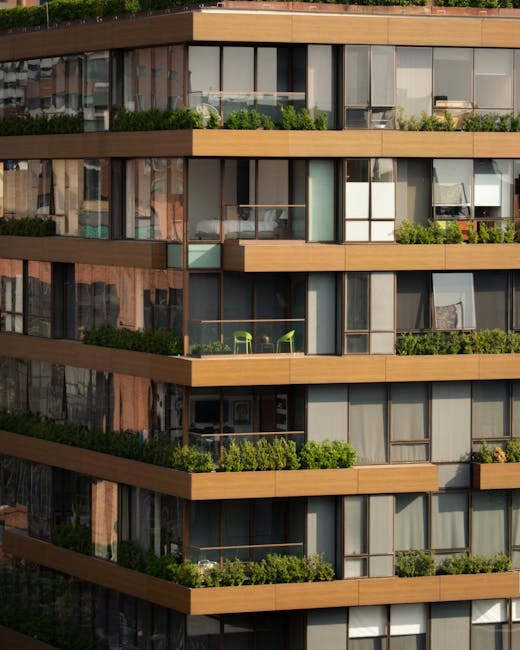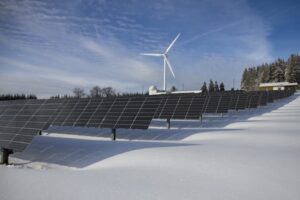Discover how vertical gardens are being embraced to revolutionize urban food production.
Urban farming is being transformed by innovative techniques that allow food to be produced in the heart of our cities. One of the most exciting developments in this field is the rise of vertical gardens. These space-saving systems are being adopted by city dwellers and businesses alike, and their benefits are being celebrated by sustainability experts around the world.
What Are Vertical Gardens?
Vertical gardens are structures where plants are grown upward rather than spread out horizontally. They are often designed as living walls, where a variety of edible and ornamental plants are cultivated. It is believed that these systems are being created to make efficient use of limited urban space while simultaneously improving air quality and aesthetic appeal.
For an in-depth look at the science behind vertical gardens, you may explore the detailed guide provided by National Geographic.
Benefits of Vertical Gardens
Several benefits are being attributed to the implementation of vertical gardens in urban settings:
- Space Efficiency: Vertical gardens are being designed to maximize growing areas in confined spaces, making them ideal for cities with limited land availability.
- Improved Air Quality: It is widely recognized that plants absorb pollutants and release oxygen, thus contributing to cleaner urban air.
- Enhanced Aesthetics: These living walls provide green, visually appealing environments that can reduce the urban heat island effect.
- Local Food Production: Vertical gardens are being used to grow fresh produce, reducing transportation costs and lowering the carbon footprint associated with food distribution.

Challenges in Implementation
While vertical gardens are being celebrated for their many benefits, some challenges are also being encountered:
- Initial Investment: The setup cost for vertical garden systems is being considered relatively high, which may limit adoption in some areas.
- Maintenance Requirements: Regular care and technical maintenance are being required to ensure that the system remains effective over time.
- Climate Considerations: The performance of vertical gardens is being influenced by local climate conditions, and adaptations may be necessary for extreme environments.
Future Prospects
The future of urban farming is being reshaped by technologies like vertical gardening. As more research is being conducted and new innovations are being introduced, the efficiency and sustainability of these systems are expected to improve further. It is anticipated that vertical gardens will play a critical role in the development of smart cities and green infrastructure.
For more on emerging technologies in urban agriculture, visit our Technology category on Insigather.
Conclusion
Vertical gardens are being recognized as a powerful tool in the quest for sustainable urban farming. By making the most of limited space and contributing to a healthier urban environment, these systems are being positioned as an integral part of future city planning. If you are passionate about sustainability and urban innovation, exploring the possibilities of vertical gardens could be a rewarding journey.
For additional insights on green technology and sustainable practices, consider reading more articles on Insigather. The future of urban farming is being redefined, and vertical gardens are lighting the way.





